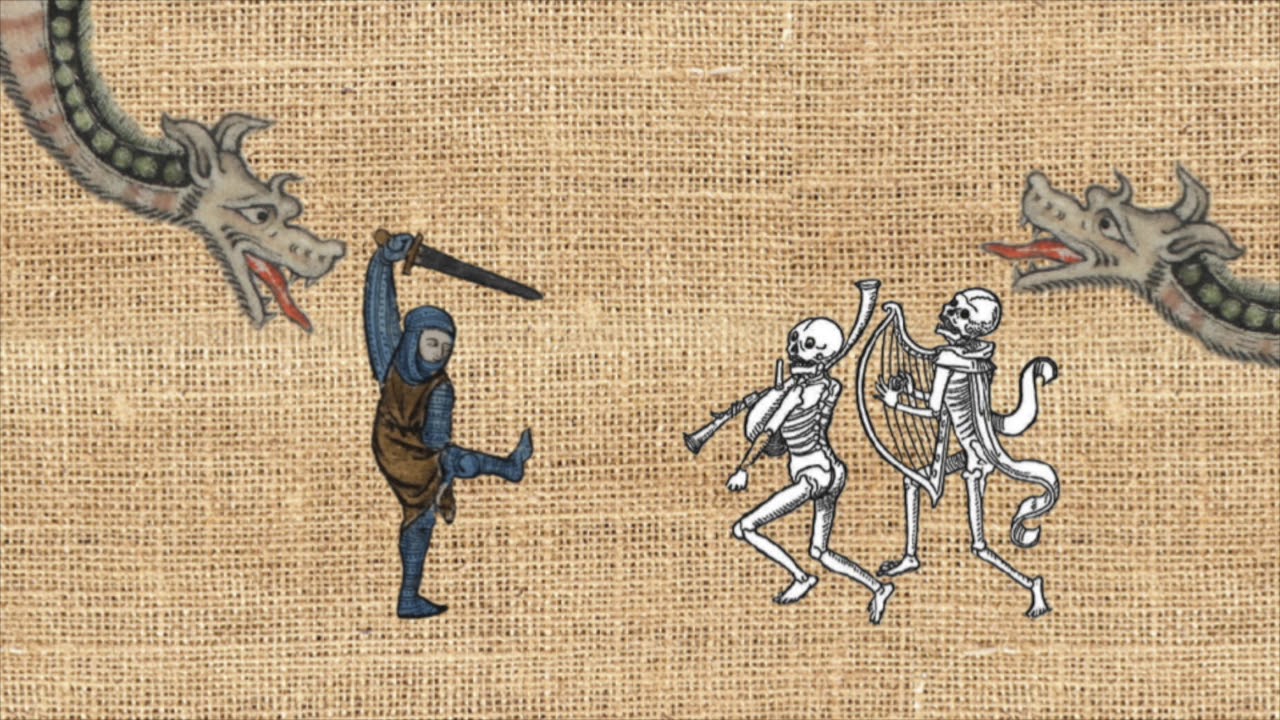Table of Contents Show
Art and innovation have generally been associated with the Renaissance era. The extravagant gowns, the grand parties, elevated artistic expression, musical excellence, all things representing opulence. However, this article is not about the Renaissance, but rather the dark and dreary older cousin, the medieval era and its modern musical revival. Over the last few years, there has been a rebirth and reconstruction of medieval music through an innovative new genre referred to as Bardcore. This new genre manages to bring medieval music into the twenty-first century.
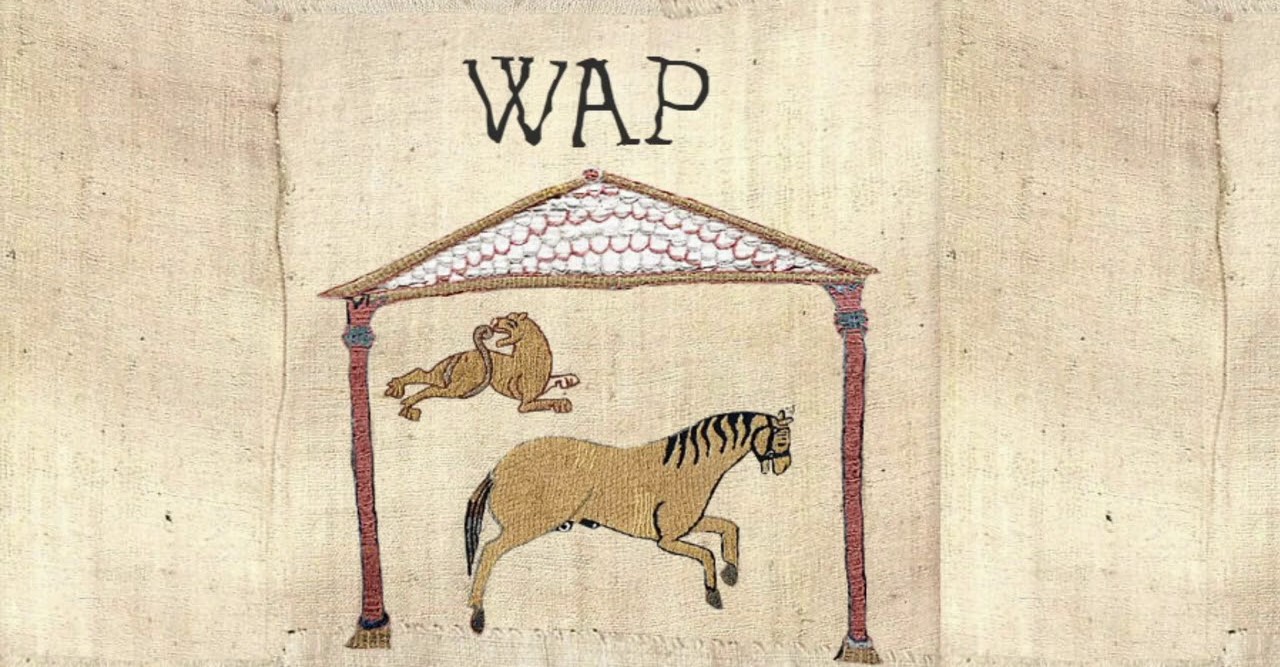
To provide some insight into the sound of this strange, yet exciting new genre, imagine medieval instruments paired with contemporary hit songs, and an abundance of humor. This amalgamation of cultural and historical differences creates an interesting take on modern music, especially when you hear the infamous festival anthem “Levels” by Avicii, but in the tune of a medieval composition. The song I am referring to is “Levels (Medieval Style)” by the musician and YouTuber DJ MÖNCH. Another one of the more popular remakes that have recently emerged is the medieval rendition of Cardi B’s “W.A.P” by the popular Bardcore artist Stantough.
Medieval Influence
Despite the lack of secular innovations during medieval times, there were quite a few musical advancements that occurred. The driving force of these innovations directly correlated to the church’s needs. On the historical timeline, medieval music had the longest time span for one genre, which lasted nearly one-thousand years from the fifth-century until the fifteenth-century. (( “Medieval Music.” 2020. Wikipedia.com. 2020. ))
In that one-thousand-year time span, most of the musical innovations were in the form of instruments, some of which are still being played today. Some of the more predominant instruments of the medieval era were: the wooden flute, recorder, the gemshorn (a strange instrument formed from the horn of an animal, usually a goat), the lute, and the hurdy-gurdy, just to name a few.
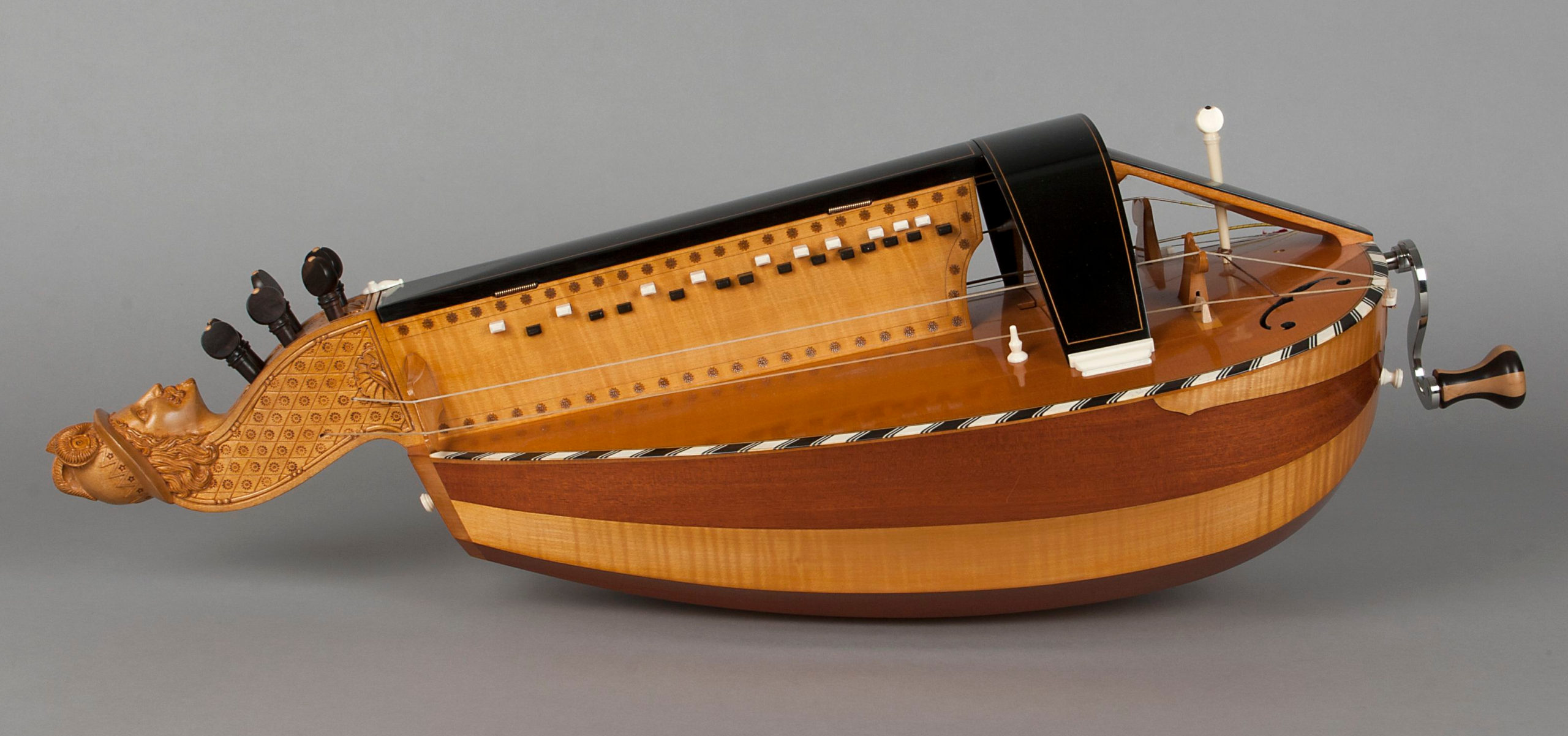
Accompanying the array of instrumental developments was the emergence of new genres as well. These genres primarily served as vessels for worship and were centric to the church. In spite of the church-centric genres, there was the rare occurrence of secular compositions, all of which were purely instrumental. During the Dark Ages, a prominent musical genre was liturgical, which involved forms of worship.
The participation in liturgical music generally took place in a church-like setting and was accompanied by monks or choirs that would perform a Gregorian chant. The Gregorian chant was essentially the reading of biblical scriptures while musical instruments were being played in the background, quite similar to modern forms of worship. The other musical advancements that occurred during this time were not necessarily related to a genre in the modern sense of the term, but more so dealt with the composition of notes and instruments by creating more intricate musical arrangements.
The Birth of Bardcore
Much like the birth of many musical genres, the origins tend to be complex. Modern music has an abundance of genres, sub-genres, a sub-genre for the sub-genre, the list can seem infinite. For Bardcore, its origins lie within medieval music, but with a few twists and turns. These modern songs are remade with the use of medieval instruments and a slower tempo, resulting in a composition that has the essence of medieval with all of our modern flare. The most common instruments used in Bardcore tend to be the hurdy-gurdy, the instrument previously mentioned, flutes and other string instruments.
In relation to Bardcore’s rapid rise in popularity, its success can be attributed to society’s tendency to romanticize the past. This romanticization stems from our innate desire to feel connected to the past, and in this case, immerse ourselves in a time that is shrouded by mystery and fantasy. Whether it be the mythical dragons or the man-eating wolves, the Dark Ages seem to continuously captivate society. The alluring aspect of medieval fantasy can be heard throughout Bardcore, and seen in the cover art used by many popular artists from this genre.
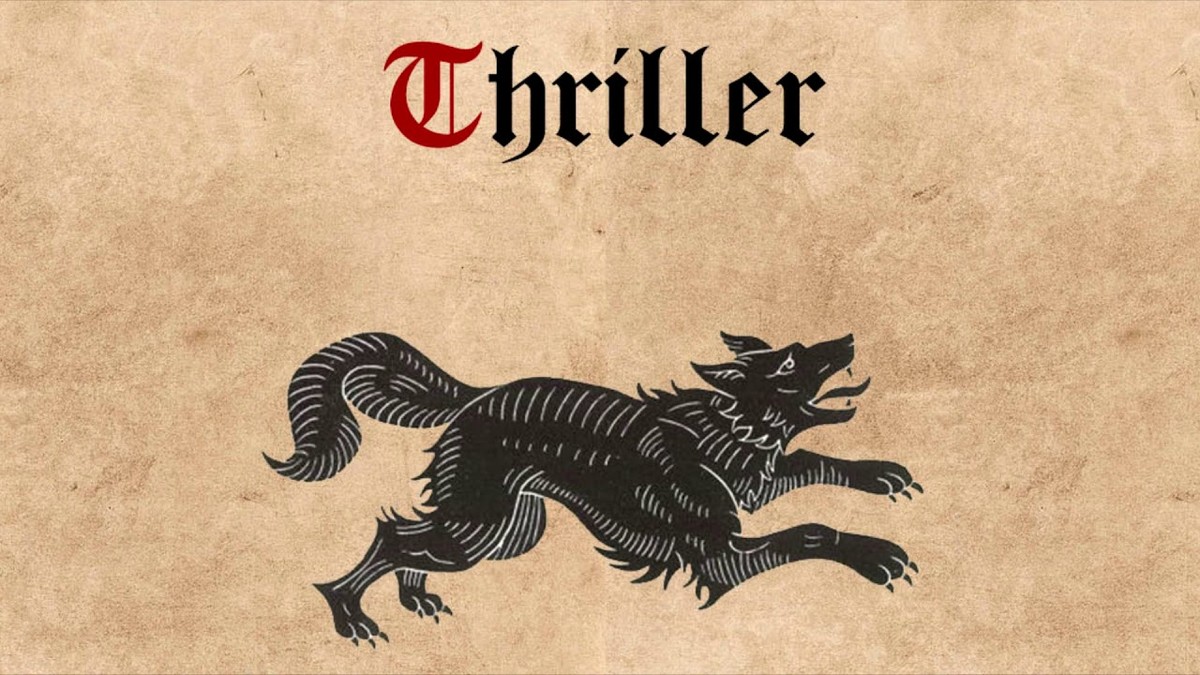
Aside from the fantastical elements associated with Bardcore, there is also the modernist take on the genre that requires a bit of creativity and ingenuity. To some extent, Bardcore feels like a reclamation of high-culture by bringing medieval sounds to the masses in a way that people can connect with. Prior to Bardcore, society’s only interaction with medieval music was through outdated historical documentaries and dense textbooks, which is how most art associated with high-culture tends to be. Bardcore has singlehandedly injected the stale, and stuffy medieval genre with an abundance of fun, and provided a much-needed facelift.
Bardcore Heavy Hitters
The explosion of Bardcore started on YouTube, which has always been a great platform for artists to get their music to the masses. Although it was unclear when Bardcore officially emerged onto the musical scene, most of the content began gaining popularity in the last couple of years. Most of the genre’s recent popularity can be attributed to the well-known Bardcore artists Stantough and Hildegard von Blingin’. These two artists have a combined YouTube follower count of nearly one-million, along with millions of plays on their songs.
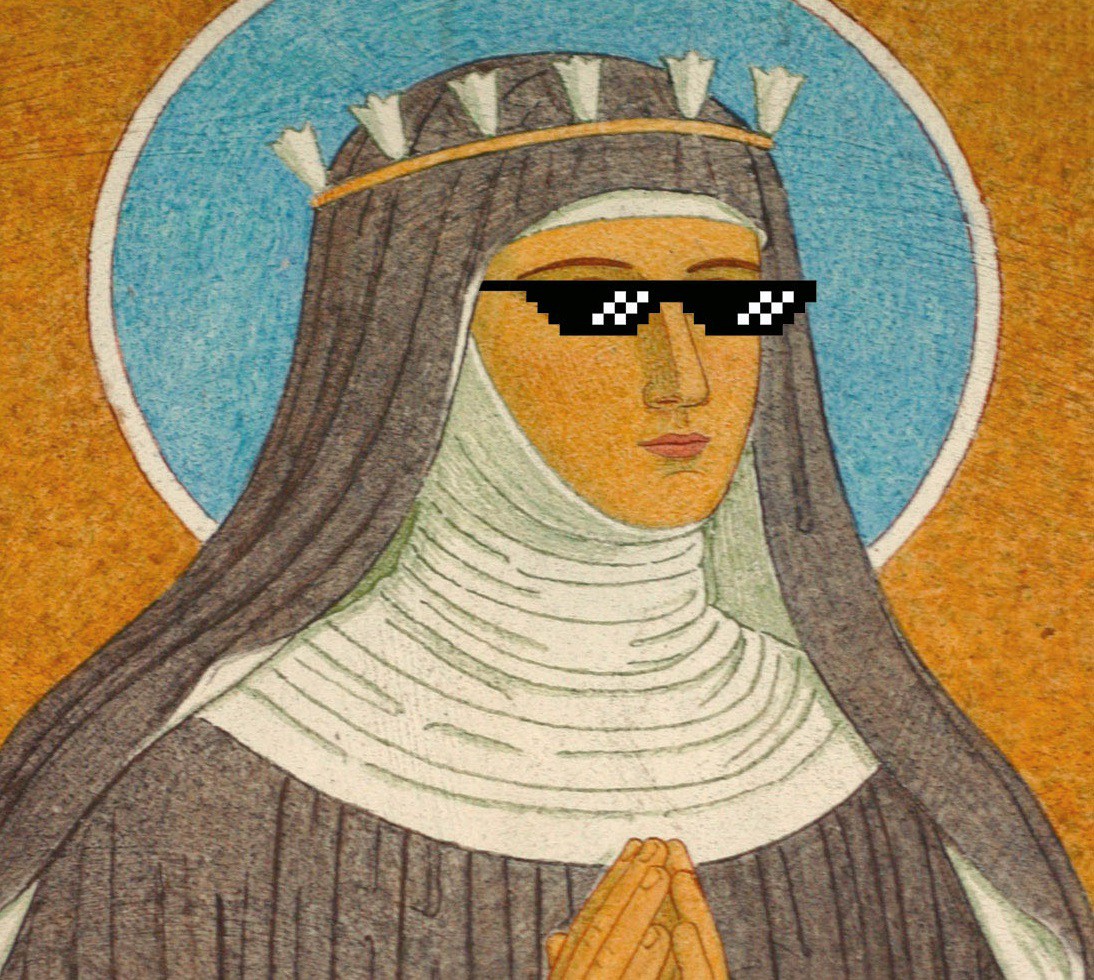
After gaining a deeper understanding of Bardcore, I wanted to explore the artists behind the genre, but retrieved very little information. It is difficult to speculate on the difficulties associated with finding information on these artists, but perhaps their mysterious origins add to the allure of this mythical genre and allow for them to retain privacy. However, the bit of information I was able to uncover was primarily from other online articles, to which I discovered that Hildegard von Blingin’ is a woman, and quite fond of all things medieval. (( “The Rise Of Bardcore.” 2020. Medium.Com. 2020. )) Given the strong male presence in Bardcore, it was truly refreshing to learn that the artist at the forefront of this movement is a woman.
Why Listen To Bardcore?
Understandably, people have different tastes and interests, especially when it comes to music. These differences are wonderful and should be celebrated, as life would be quite dull without variety. So, I would like to preface this segment with the disclaimer that feeling indifferent about Bardcore is perfectly alright. But, if you’re someone who enjoys melodic ballads accompanied by catchy tunes, Bardcore is certainly up your alley.
During my first encounter with Bardcore, I didn’t quite understand its appeal. At first, I recognized the medieval influence with the use of the flute and other stringed instruments but thought it was a bit cheesy. However, the more I began to explore the genre, the more I realized how diverse it was, and discovered my niche within the rap and EDM realms of Bardcore. Yes, there is a rap and EDM side to Bardcore. So, do not fret if your first encounter with Bardcore is unsuccessful. Give it a few tries, and continue your exploration, you might just find a niche that strikes your fancy.
